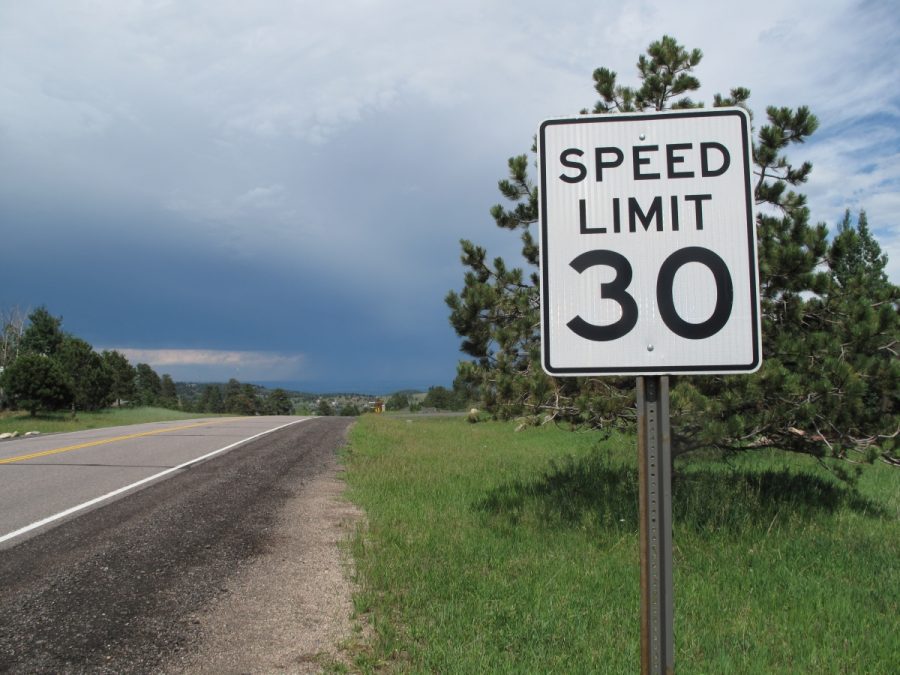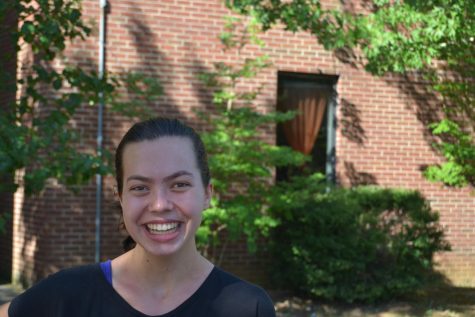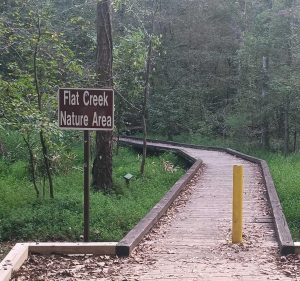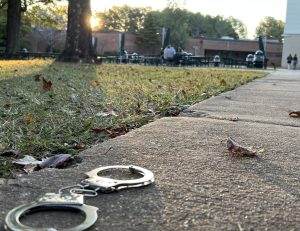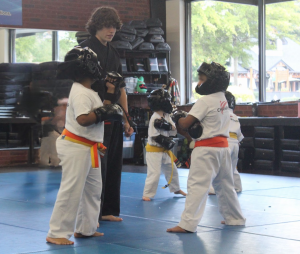Cinema Drive Program Brought to McIntosh
Feb 4, 2020
On Thursday, Jan. 23, McIntosh’s junior and senior classes participated in Cinema Drive. According to the program’s promotional video, Cinema Drive is “an exciting, interactive 3D safe-driving experience for teens educating them on how to drive safely and eliminate distracted and impaired driving.”
Four sessions of the program were held in the auditorium, and juniors and seniors attended according to their designated time slot. The program consisted of an opening survey, a 3D video, a 2D video, an interactive quiz, and a closing survey. It covered a variety of content, including speeding, distracted driving/texting, driving under the influence of alcohol and other drugs, peer pressure, seat belts, and fatigue.
Prior to the event, Dr. Lane did not personally have any previous experience with the program.
“I know several principals that have, and so once I heard that we had the opportunity to get a grant to bring Cinema Drive here at no cost to the school, I reached out to those principals and they gave me a positive affirmation in what they felt Cinema Drive could offer the school and what it had done for their schools,” said Dr. Lane
Some students expressed positive feedback following the presentation.
“Cinema Drive was an entertaining visual experience that highlighted real-life scenarios,” said junior Priyam Kadakia. “It gives perspective to the issues of unsafe driving.”
Other students, however, lamented the outdated technology of the program.
“It was a good idea, however the execution was lacking,” said junior Liam Bourque.
Although the technology may not have been cutting-edge, the message and content of the program were intended to positively influence the decisions of teenage drivers.
“The issues of drinking and driving, distracted driving, speed. Those kinds of issues are the topics that Cinema Drive dealt with, and so I knew it would be good for our young drivers to see, in a kind of unique and interactive way,” said Dr. Lane. “Even though you might have gotten that message in Driver’s Ed, I don’t think there’s a harm in hearing that message again.”
In order to attend the program, students missed about an hour and a half of instructional time. Although some students and teachers expressed concerns about this schedule adjustment, Dr. Lane refuted this criticism.
“We have 180 days of instructional time,” said Dr. Lane. “We have to weigh the benefit versus the disadvantage. You can learn in more ways than sitting in your teacher’s classroom. If it saves one kid, it was worth the time that it took out of class.”
A few days after the event, the school received a “Research Summary” that included McIntosh’s data from the pre-show survey, post-show survey, and trivia game. According to the document, 56.1% of the students thought the program was Excellent/Good. Furthermore, on certain questions, the percentage of students that did not answer the pre-show survey questions correctly but changed their answers on the post-show survey was as high as 59%. The report lists this data as a “risk-level change,” implying that the increase in correct answers helped educate young drivers and will keep them safer on the road.


